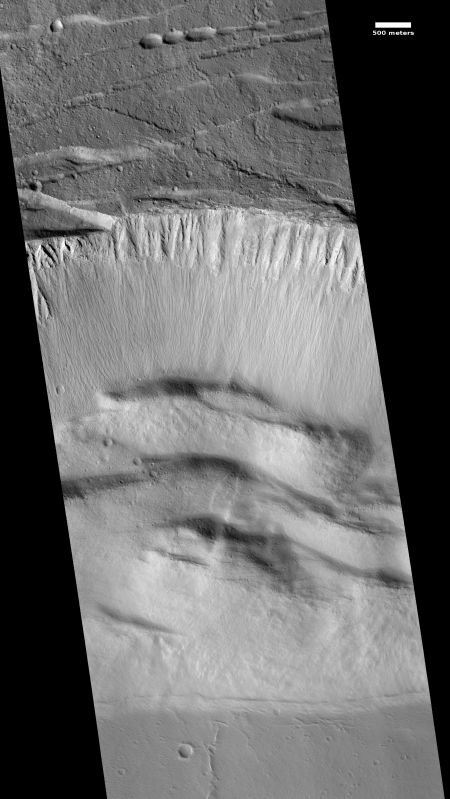Shake-up in SpaceX’s Starlink satellite division
Capitalism in space: It appears that Elon Musk has done a major shake-up in SpaceX’s Starlink satellite division, firing a number of managers because he was unsatisfied with the slow pace of development.
The management shakeup followed in-fighting over pressure from Musk to speed up satellite testing schedules, one of the sources said. SpaceX’s Behrend offered no comment on the matter.
Culture was also a challenge for recent hires, a second source said. A number of the managers had been hired from nearby technology giant Microsoft, where workers were more accustomed to longer development schedules than Musk’s famously short deadlines. Another senior manager that left SpaceX was Kim Schulze, who was previously a development manager at Microsoft, one of the people said. Schulze did not respond to a request for comment.
“Rajeev wanted three more iterations of test satellites,” one of the sources said. “Elon thinks we can do the job with cheaper and simpler satellites, sooner.”
A billionaire and Chief Executive Officer of Tesla Inc, Musk is known for ambitious projects ranging from auto electrification and rocket-building to high-speed transit tunnels.
Musk’s desire for speed here actually makes very good economic sense. There are other companies developing similar internet satellite constellations, and if SpaceX’s launches late they will likely lose a significant market share.
His concern about the slow pace seems to me also justified. This technology, while cutting edge, shouldn’t require as much testing and prototype work as it appears the fired managers wanted. Better to get something working and launched and making money, introducing upgrades as you go, as SpaceX has done so successfully with its Falcon 9 rocket.
Capitalism in space: It appears that Elon Musk has done a major shake-up in SpaceX’s Starlink satellite division, firing a number of managers because he was unsatisfied with the slow pace of development.
The management shakeup followed in-fighting over pressure from Musk to speed up satellite testing schedules, one of the sources said. SpaceX’s Behrend offered no comment on the matter.
Culture was also a challenge for recent hires, a second source said. A number of the managers had been hired from nearby technology giant Microsoft, where workers were more accustomed to longer development schedules than Musk’s famously short deadlines. Another senior manager that left SpaceX was Kim Schulze, who was previously a development manager at Microsoft, one of the people said. Schulze did not respond to a request for comment.
“Rajeev wanted three more iterations of test satellites,” one of the sources said. “Elon thinks we can do the job with cheaper and simpler satellites, sooner.”
A billionaire and Chief Executive Officer of Tesla Inc, Musk is known for ambitious projects ranging from auto electrification and rocket-building to high-speed transit tunnels.
Musk’s desire for speed here actually makes very good economic sense. There are other companies developing similar internet satellite constellations, and if SpaceX’s launches late they will likely lose a significant market share.
His concern about the slow pace seems to me also justified. This technology, while cutting edge, shouldn’t require as much testing and prototype work as it appears the fired managers wanted. Better to get something working and launched and making money, introducing upgrades as you go, as SpaceX has done so successfully with its Falcon 9 rocket.



